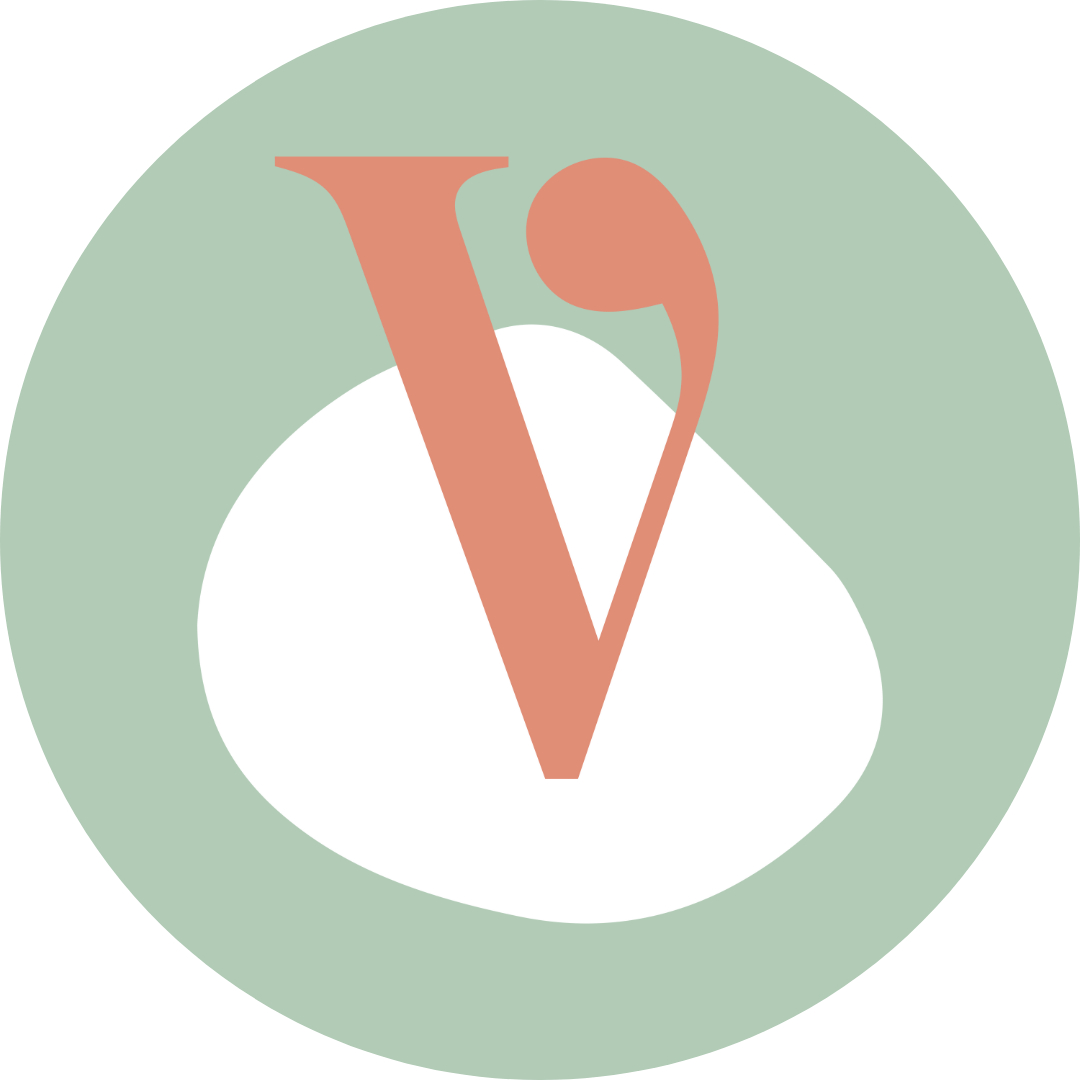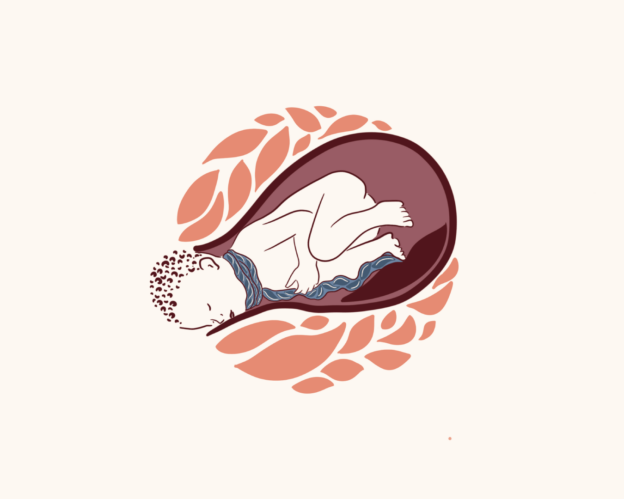
Nadine Achtereekte & Margot van Dijk
Gepubliceerd op 24 februari 2022
Laatste update in juni 2025 door Margot van Dijk
Ongeveer 10 tot 29% van de baby’s wordt geboren met de navelstreng om de nek: een navelstrengomstrengeling. In Nederland zijn de meeste gynaecologen en verloskundigen opgeleid om routinematig te voelen naar een eventuele navelstrengomstrengeling, als het hoofdje is geboren. Als er sprake is van een navelomstrengeling, wordt geprobeerd deze van het hoofd af te schuiven, zodat het risico op beknelling verkleind wordt en de geboorte niet belemmerd wordt.
Is een navelstrengomstrengeling dan gevaarlijk voor de baby? Wat is het bewijs voor dit handelen? Wat zijn de voor- en nadelen van het routinematig voelen naar de navelstreng en het handelen hierop? Welke gevolgen heeft het voor de baby om dit te doen of juist niet te doen? En zijn er wellicht ook alternatieven om anders te handelen bij een navelstrengomstrengeling? In dit artikel worden deze vragen beantwoord.
- Crichton J. L. (1973). Tensile strength of the umbilical cord. American journal of obstetrics and gynecology, 115(1), 77–80. https://doi.org/10.1016/0002-9378(73)90091-4
- De Klerk, H.W. and Ingibergsdóttir, Á.D. (2. November 2020). Somersault Birth. Retrieved from www.somersaultbirth.com on 12 februari 2022.
- Henry, E., Andres, R. L., & Christensen, R. D. (2013). Neonatal outcomes following a tight nuchal cord. Journal of perinatology : official journal of the California Perinatal Association, 33(3), 231–234. https://doi.org/10.1038/jp.2012.79
- Hutchon DJR. Management of the Nuchal Cord at Birth. Journal of Midwifery and Reproductive Health. 2013; 1(1): 4- 6. DOI: 10.22038/jmrh.2013.1249.
- Iffy, L., Varadi, V., & Papp, E. (2001). Untoward neonatal sequelae deriving from cutting of the umbilical cord before delivery. Medicine and law, 20(4), 627–634.
- LVOV: Begeleiding van de baring in A.a.v. (2021).
- Masad, R., Gutvirtz, G., Wainstock, T., & Sheiner, E. (2019). The effect of nuchal cord on perinatal mortality and long-term offspring morbidity. Journal of Perinatology, 40(3), 439–444. https://doi.org/10.1038/s41372-019-0511-x
- Mercer, J. S., Skovgaard, R. L., Peareara-Eaves, J., & Bowman, T. A. (2005). Nuchal Cord Management and Nurse-Midwifery Practice. Journal of Midwifery & Women’s Health, 50(5), 373–379. https://doi.org/10.1016/j.jmwh.2005.04.023
- Nederlandse Vereniging voor Obstetrie en Gynaecologie. (2008, september). Schouderdystocie.https://www.nvog.nl/wp-content/uploads/2017/12/Schouderdystocie-2.0-17-09-2008.pdf
- Peesay M. (2017). Nuchal cord and its implications. Maternal health, neonatology and perinatology, 3, 28. https://doi.org/10.1186/s40748-017-0068-7
- Prins, M., & Van Roosmalen, J. (2019). Praktische verloskunde (14de editie). Bohn Stafleu van Loghum.
- Reed, R. (2020, 7 januari). Nuchal Cords: the perfect scapegoat. MidwifeThinking. Geraadpleegd op 8 december 2021, van https://midwifethinking.com/2015/05/13/nuchal-cords/
- Reed, R., Barnes, M., & Allan, J. (2009). Nuchal cords: sharing the evidence with parents. British Journal of Midwifery, 17(2), 106–109. https://doi.org/10.12968/bjom.2009.17.2.39379
- Sadan, O., Fleischfarb, Z., Everon, S., Golan, A., & Lurie, S. (2007). Cord Around the Neck: Should It Be Severed at Delivery? A Randomized Controlled Study. American Journal of Perinatology, 24(1), 061–064. https://doi.org/10.1055/s-2006-958166
- Schorn, M., & Blanco, J. (1991). Management of the nuchal cord. Journal of Nurse-Midwifery, 36(2), 131–132. https://doi.org/10.1016/0091-2182(91)90063-u
- Wickham, S. (2020, 3 november). To feel, or not to feel? Dr Sara Wickham. Geraadpleegd op 15 februari 2022, van https://www.sarawickham.com/articles-2/to-feel-or-not-to-feel/
- World Health Organization. (2015, 27 juli). Optimal timing of cord clamping for the prevention of iron deficiency anaemia in infants.
- World Health Organization (WHO). Geraadpleegd op 28 december 2021, van https://www.who.int/elena/titles/full_recommendations/cord_clamping/en/




Reacties